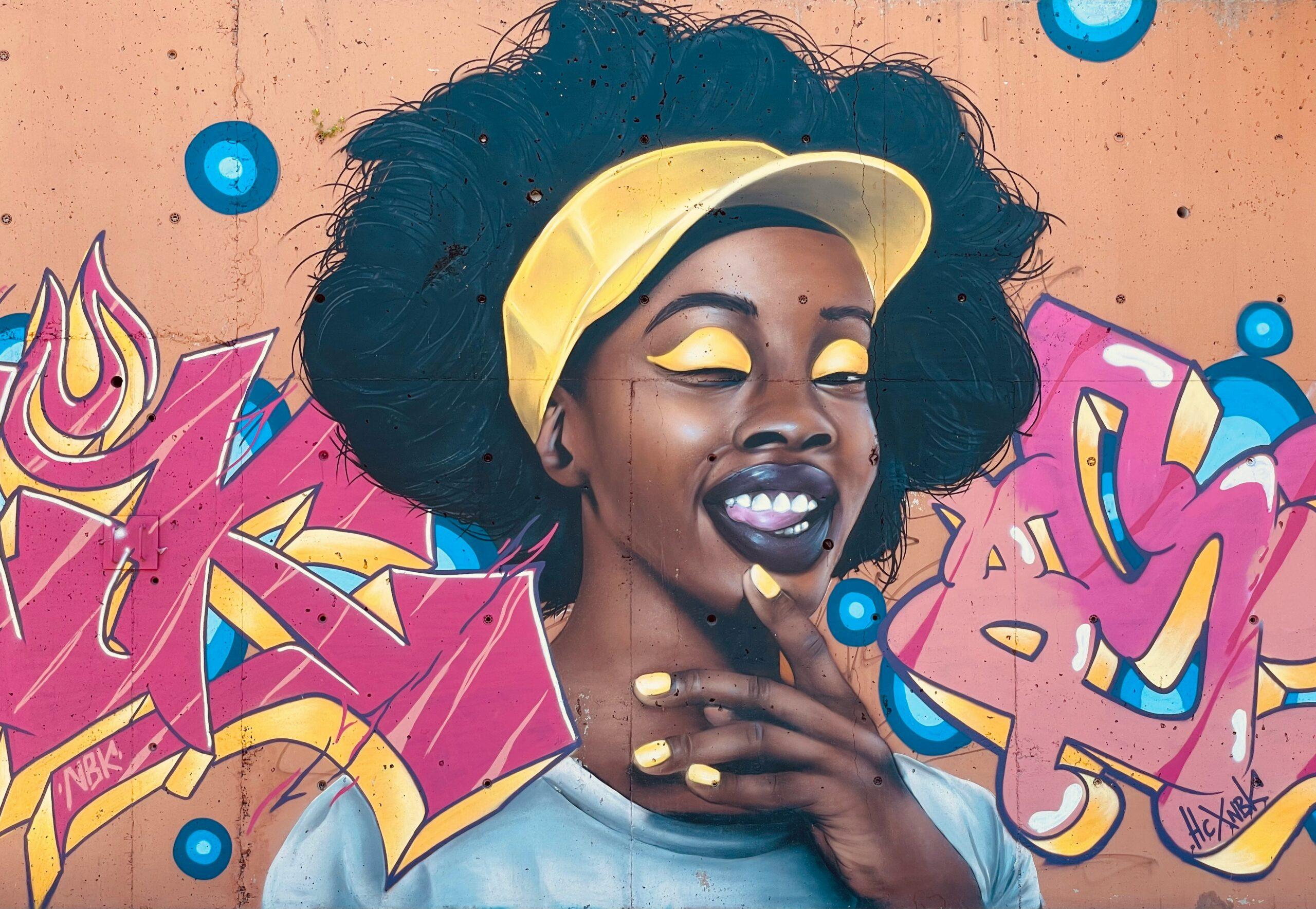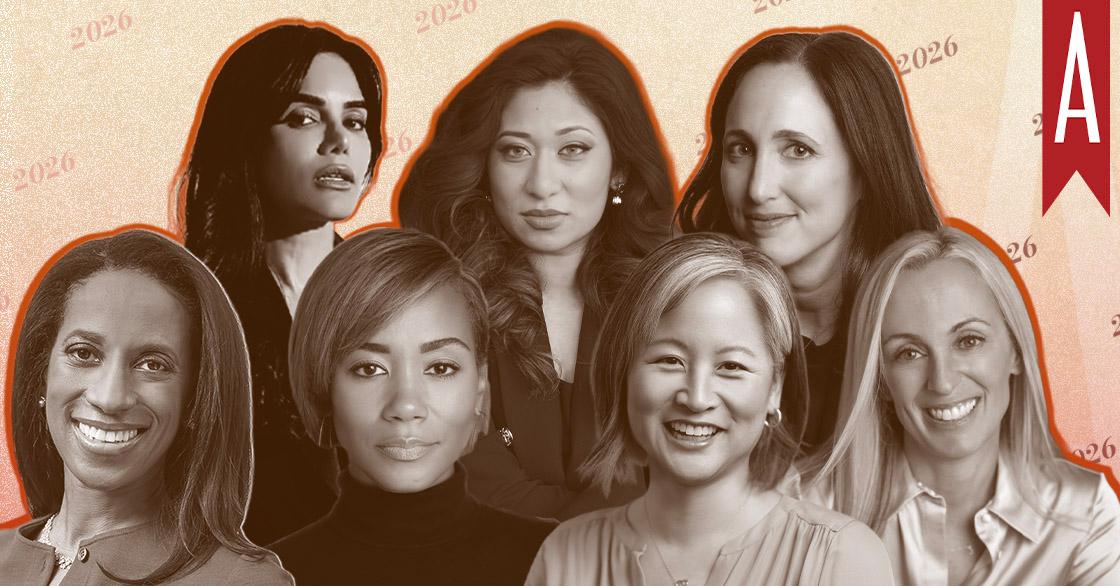The AI Learning Curve: Navigate The Pressure With Confidence

If you have ever felt nervous about how AI might affect your job, you are not alone. Glassdoor’s recent Worklife Report on the AI learning curve revealed most professionals feel a mix of excitement and anxiety. While some are curious and open to integrating AI into their workflow, many have questions about job security and how they will keep up.
This mix of emotions, coupled with fear and uncertainty, can feel confusing. Her Agenda spoke with Chris Martin, Glassdoor’s Lead Researcher, about these trends and what women can do to adapt to AI.
The Pressure Over AI
Glassdoor’s report shows how steep the AI learning curve feels. 71% of professionals said they feel pressured to learn AI skills and 56% worry about long-term job security. Three out of five Glassdoor reviews mentioning AI were negative, often citing fears of job loss or creative roles being replaced.
“Everybody’s feeling it, especially in the knowledge work set of the economy,” Chris said. “There’s this question of ‘What is AI going to do to my world and my role’?”
Chris explained that news headlines often amplify worst-case scenarios, feeding anxiety. The current reality, however, is that AI is helpful for certain things and not so disruptive to workflows to cause job loss.

Excitement And Anxiety Intersect
Despite the pressure, nearly half of professionals feel excited and are already using AI. Some see it as a way to offload boring or repetitive tasks, allowing them to work easier and faster. At the same time, there is anxiety over what AI could take away, namely jobs or human connections at work.
“We see both this anticipation around AI as a potential way that we might work differently, but then there’s just anxiety…that it might make work worse, or it might eliminate our work,” Chris said.
AI’s Limitations
While AI can be useful for certain tasks, it has clear limitations. It struggles with the complexities of human connection and teamwork. It cannot lead collaborative projects, facilitate meetings, or provide mentorship and guidance.
According to Chris, these are skills AI will never replace.
“There’s still a lot AI doesn’t do as well,” he said. “There’s still the need for strong communication and alignment with other people.”
These human-centered skills will remain essential and are areas where professionals can lean-in and invest. The goal, Chris explained, is to use AI to complement your work, not replace you.
Mastering The AI Learning Curve
The best way to overcome the AI learning curve—and the fear of the unknown—is exposure and experience. For busy professional women, Chris recommends choosing a low-effort approach to experimentation.
“Start using AI just to see what works for your role and what doesn’t,” Chris said. “It can be really illuminating.”
You can ask AI to summarize your meeting notes, condense a long email, or provide feedback. Or, give it a task you have already completed and compare the results. The goal is to start small and see where AI is most helpful to you.

Black woman, laptop and earphones for video call with remote work from home, happy or contact on web. African person, computer and smile for virtual meeting, discussion and listen at apartment.
Managing The Emotional Side Of AI
The mix of anxiety, fear, excitement, and overwhelm is a natural response to AI. The uncertainty over how transformative AI will be also speaks to the reality that these are still early stages—it is not a revolution yet.
“Feel your feels about it and allow yourself space to process,” Chris said. “Think about broadening your scope of community to make sure that you have some people that can help ground you, provide feedback and guidance, and that sense of connection.”
He suggests looking at how your colleagues and peers are performing similar work. Ask them how they feel about AI and what strategies they are using to incorporate it. Connecting with other professionals through platforms like Glassdoor can also provide reassurance.
The AI learning curve may feel steep but the key is to start small, lean on community, and focus on skills only humans can master. In this way, AI becomes more of a tool and less of a threat.






